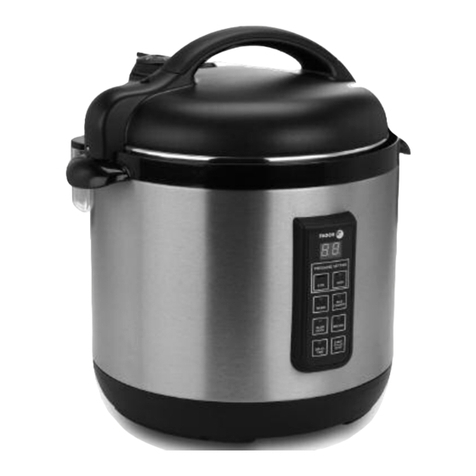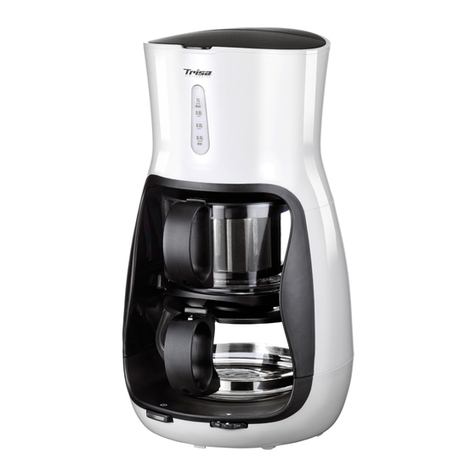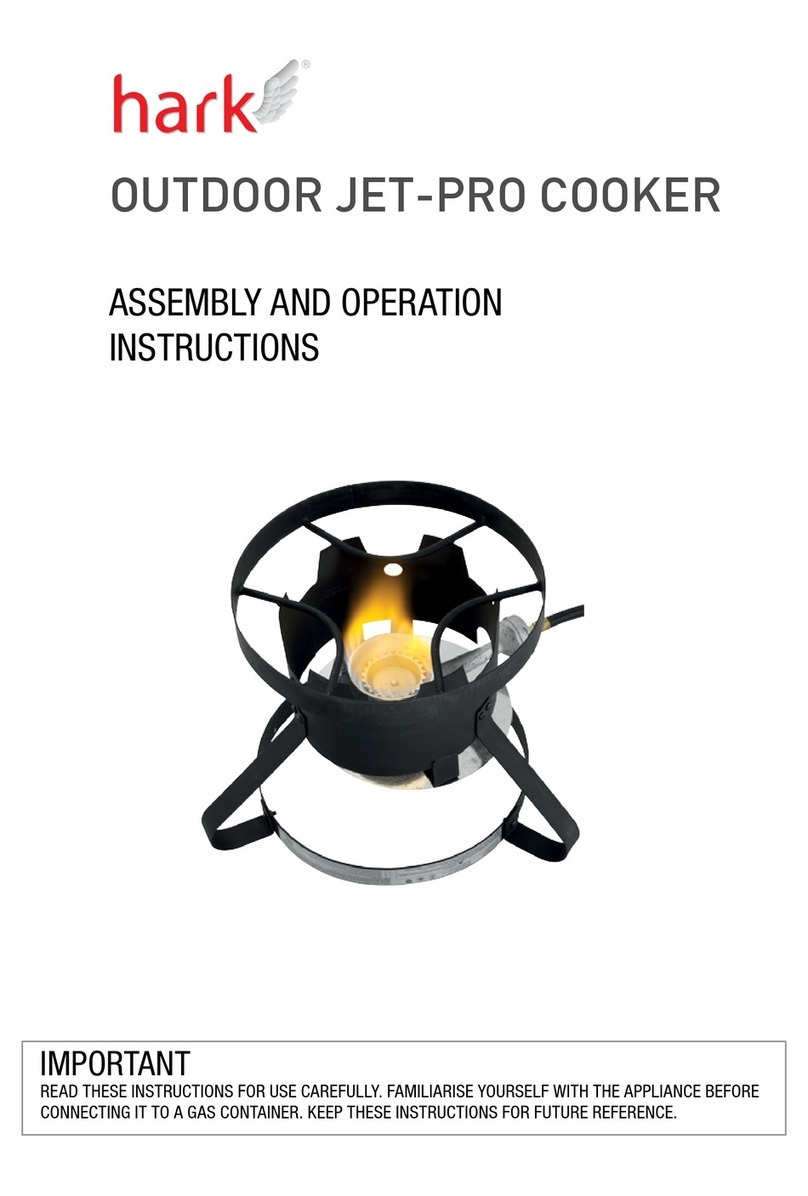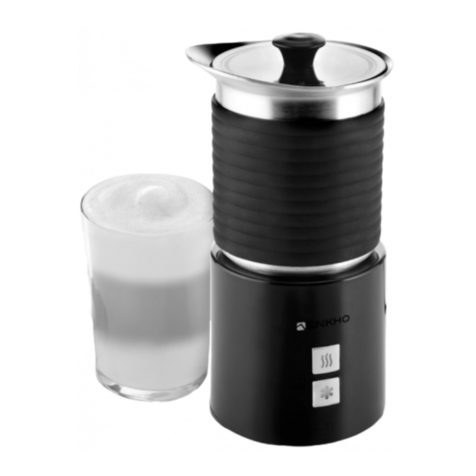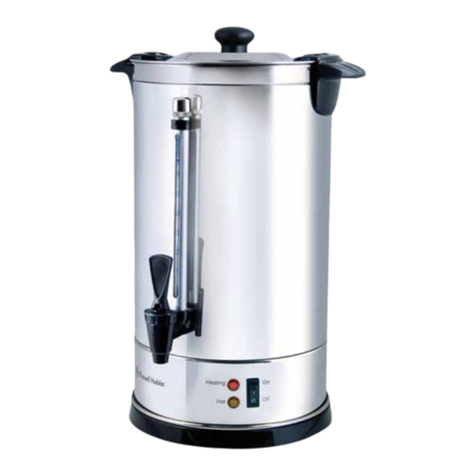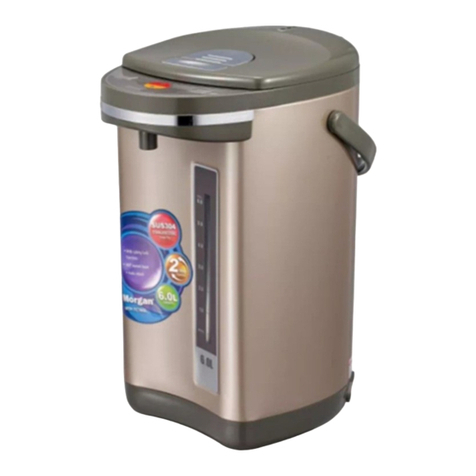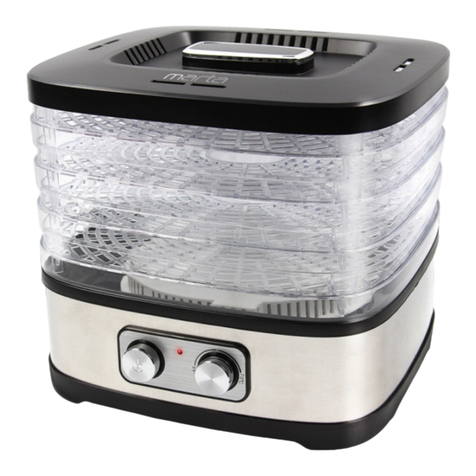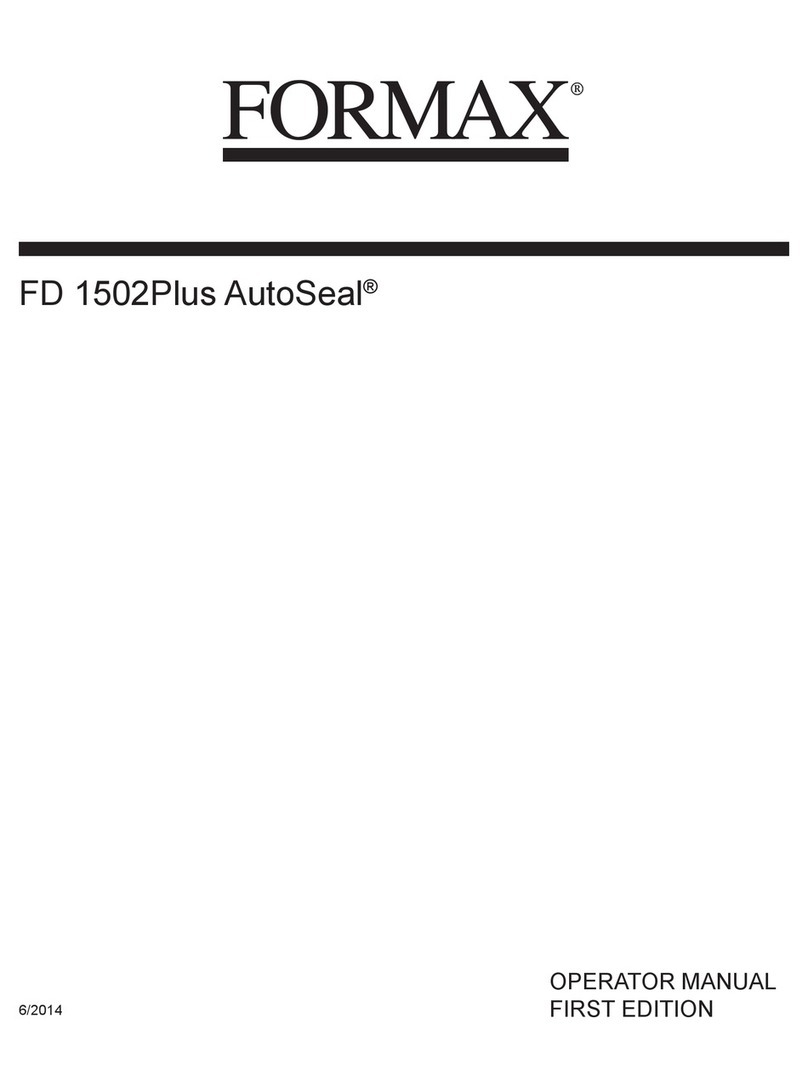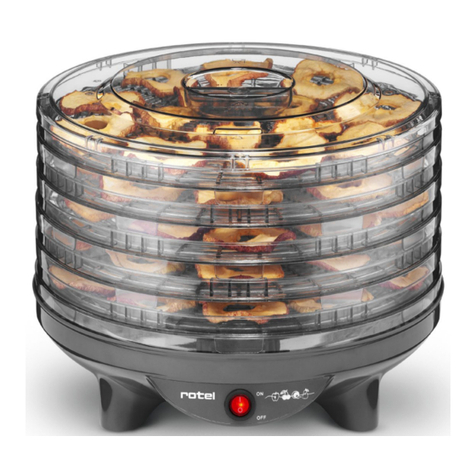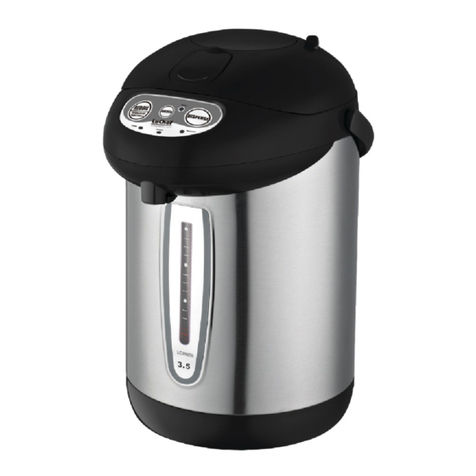RoboLabs TWISTER-M2 User manual


















This manual suits for next models
4
Table of contents
Other RoboLabs Kitchen Appliance manuals

RoboLabs
RoboLabs ROBOJETFLOSS ACB-09-120 User manual
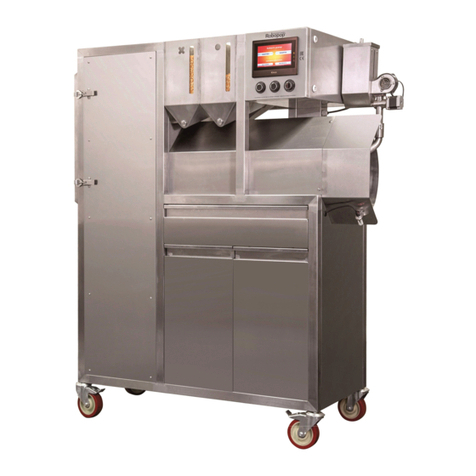
RoboLabs
RoboLabs Vortex Popcorn Robopop 60 Operating manual
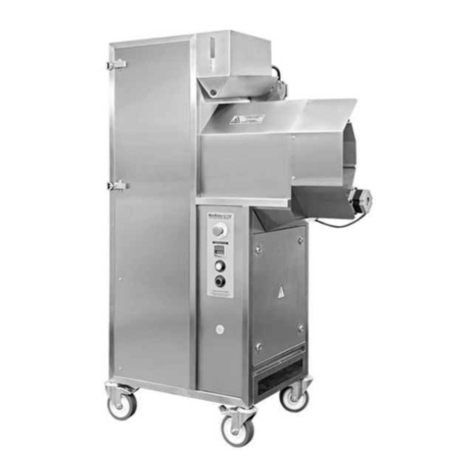
RoboLabs
RoboLabs MINI ROBOPOP 25 User manual
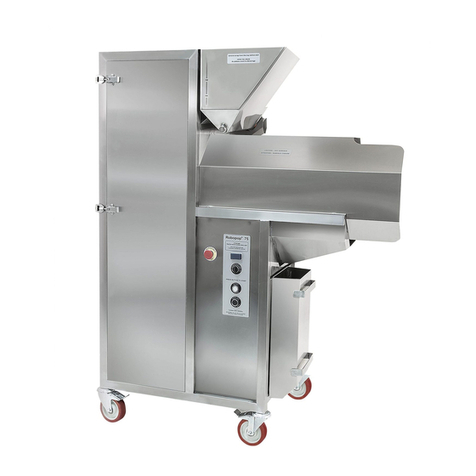
RoboLabs
RoboLabs Robopop 75 User manual

RoboLabs
RoboLabs ROBOPOP 60 User manual
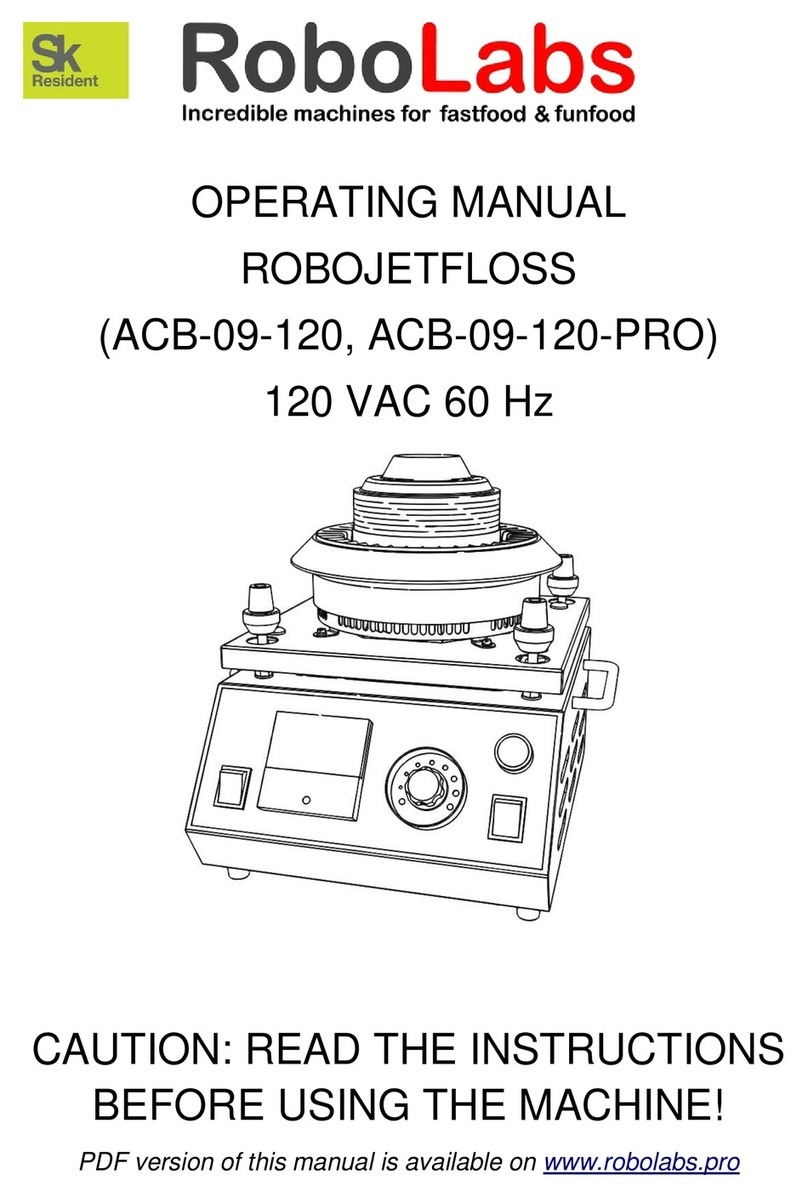
RoboLabs
RoboLabs ROBOJETFLOSS User manual
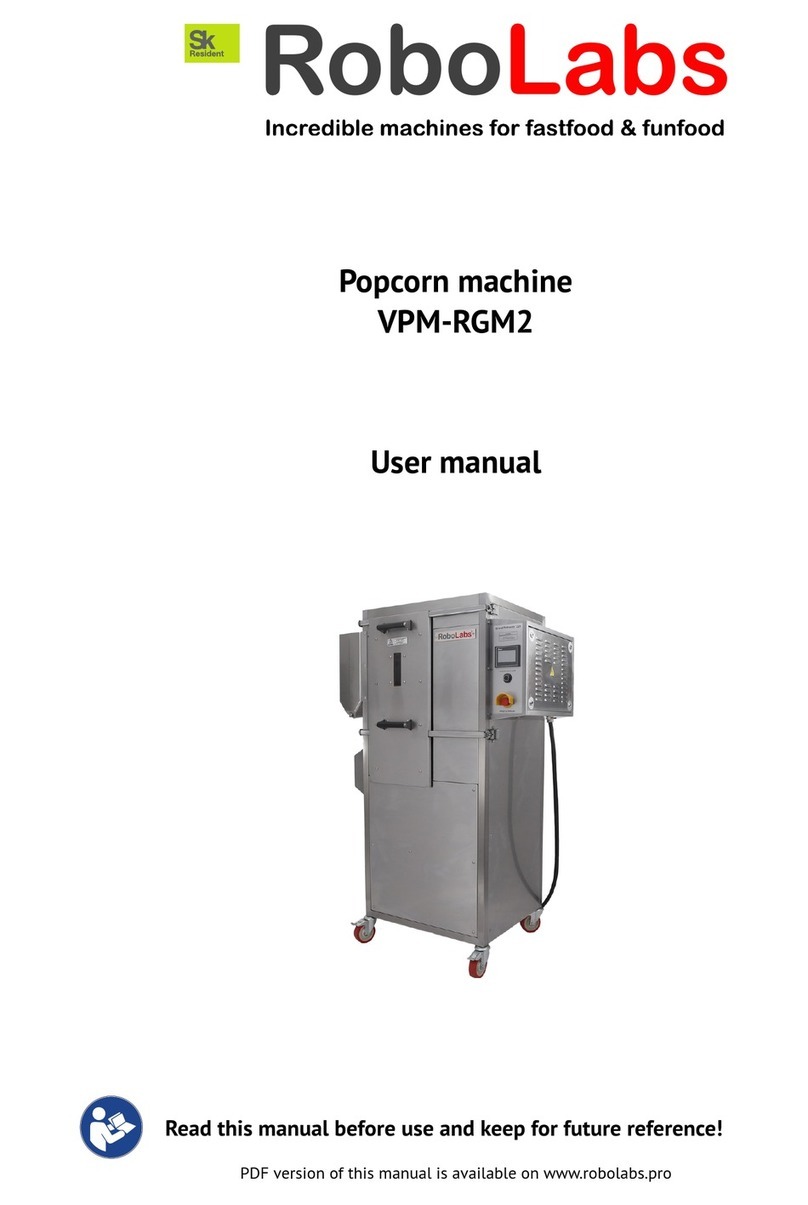
RoboLabs
RoboLabs VPM-RGM2 User manual
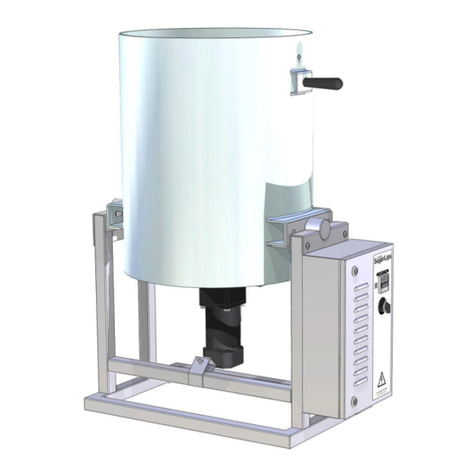
RoboLabs
RoboLabs SUGARLIPS 20 User manual
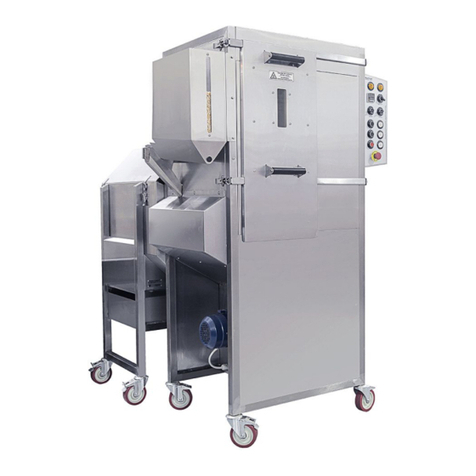
RoboLabs
RoboLabs Grand Robopop 220 User manual

RoboLabs
RoboLabs ROBOJETFLOSS User manual
Popular Kitchen Appliance manuals by other brands
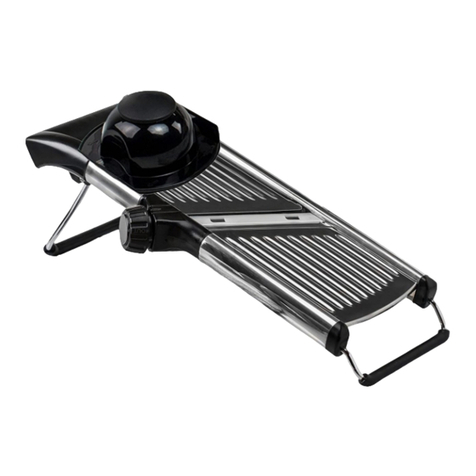
Klarstein
Klarstein MADOLINENHOBEL manual
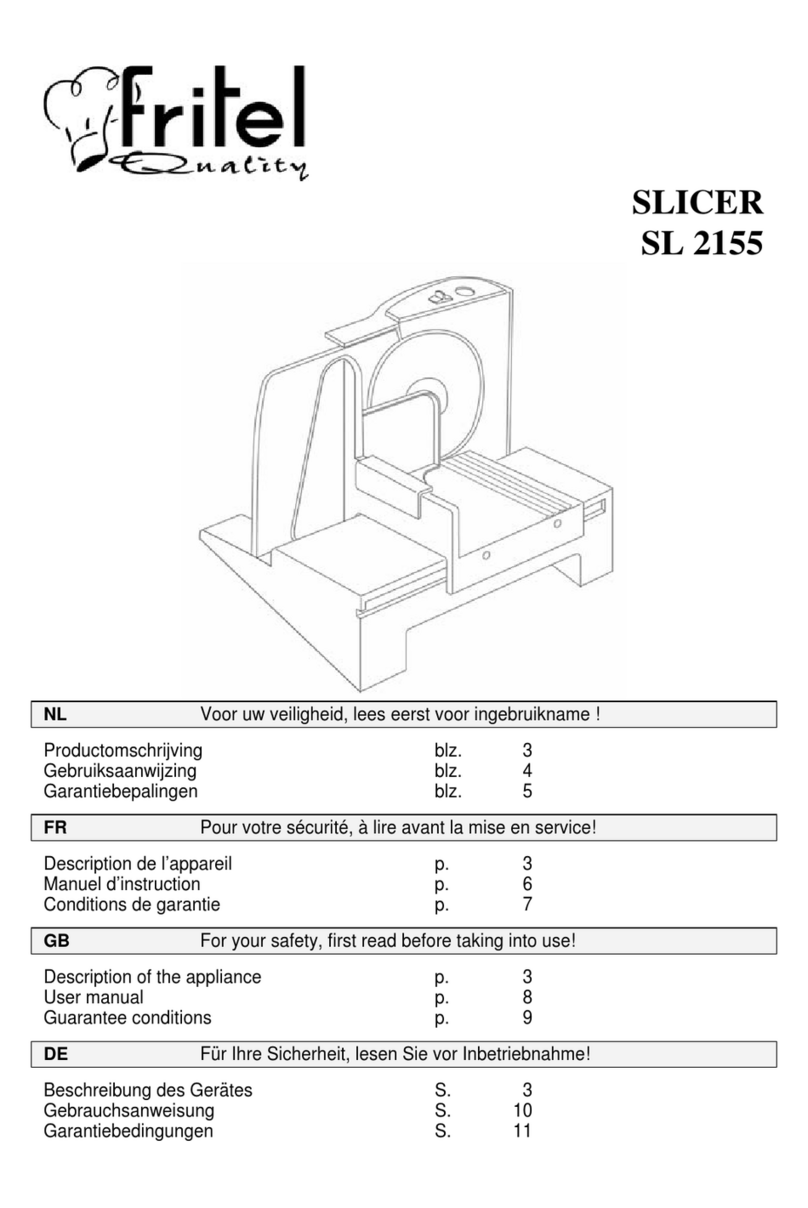
Fritel
Fritel SL 2155 user manual
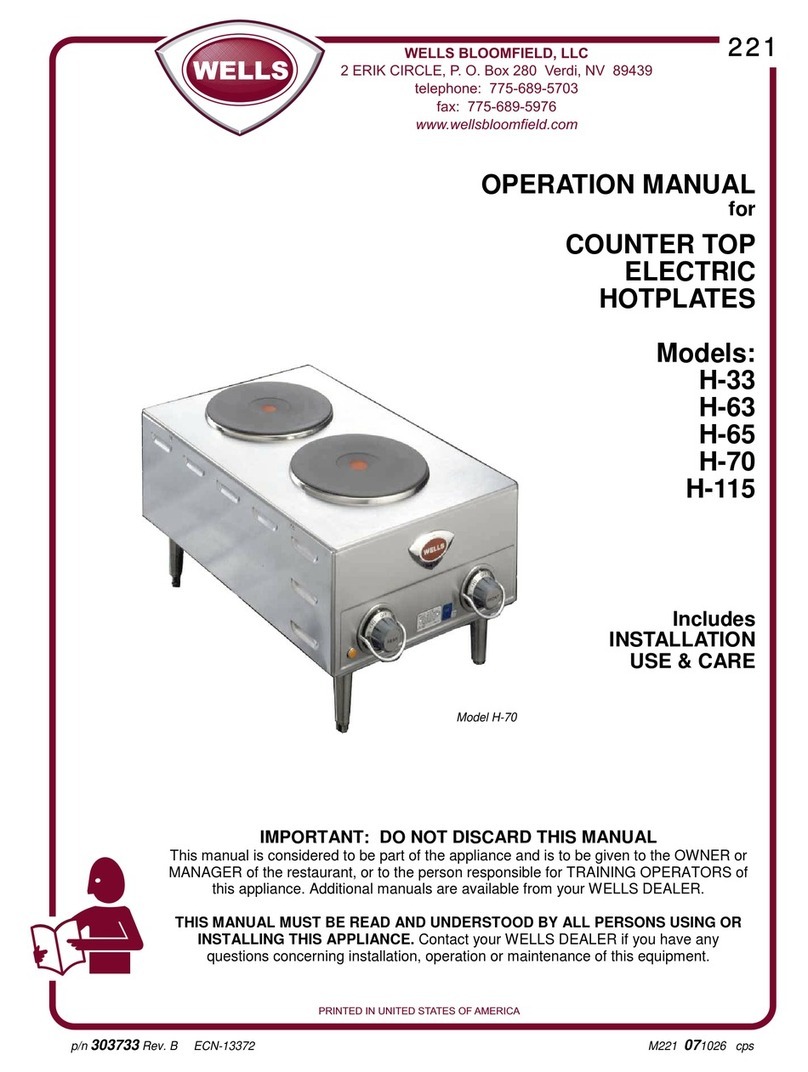
Bloomfield
Bloomfield H-115 Operation manual
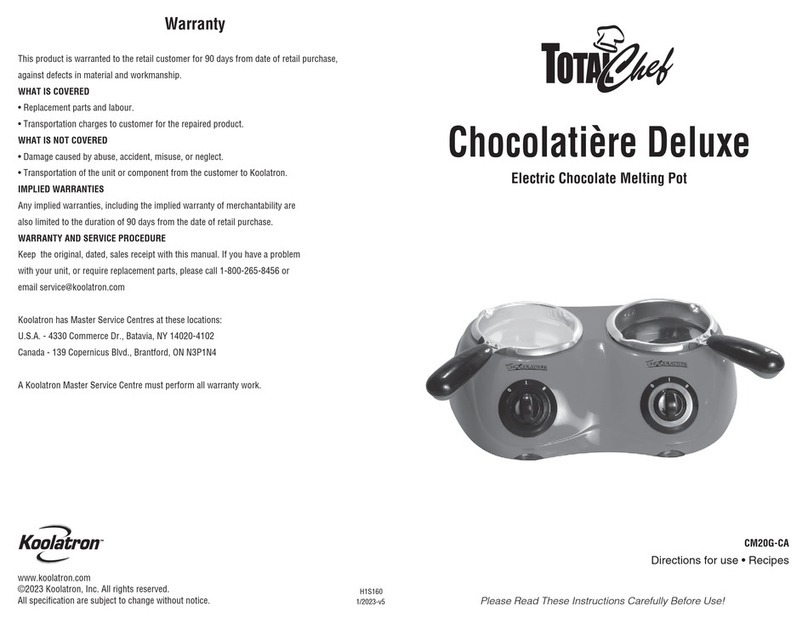
Koolatron
Koolatron TOTAL chef Chocolatiere Deluxe CM20G-CA Directions for use & recipes

Easy-Bake
Easy-Bake Easy Bake Lil Bratz Blonde and Brunette Brownies... instructions
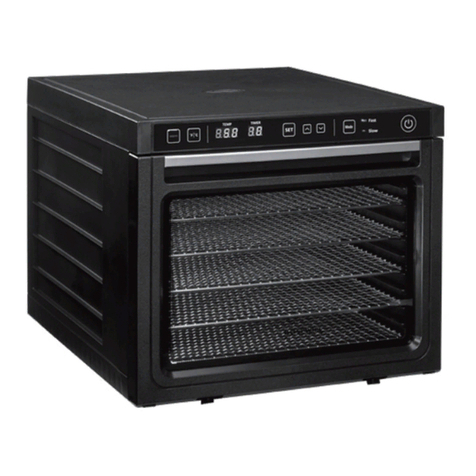
Rosewill
Rosewill RHFD-18001 user manual


